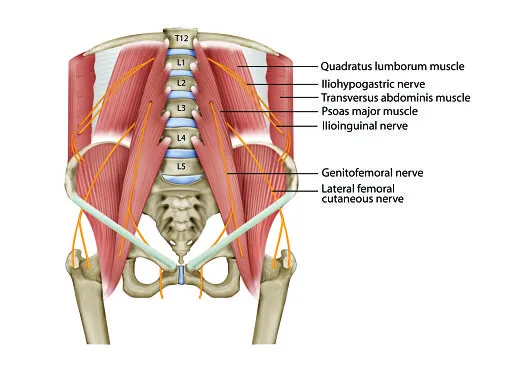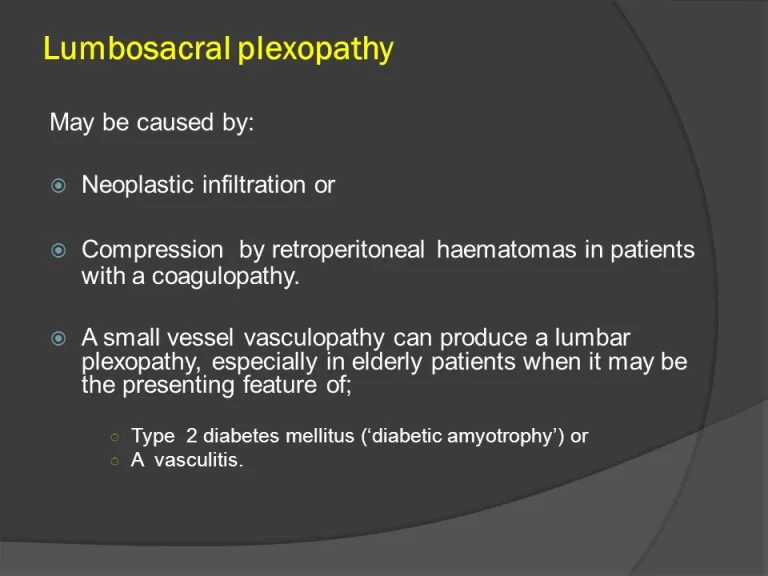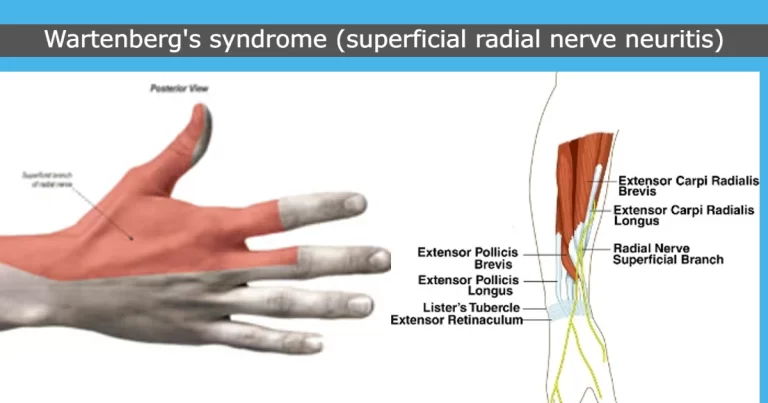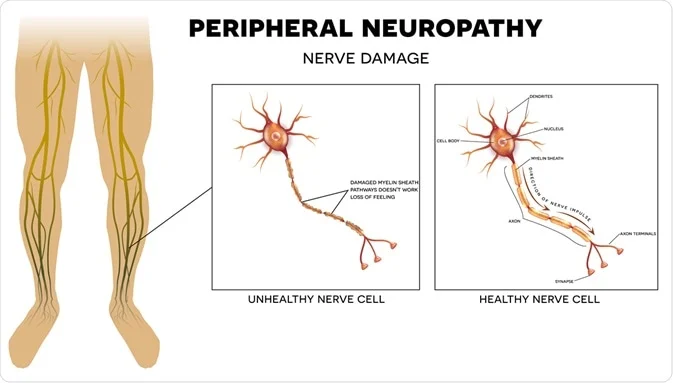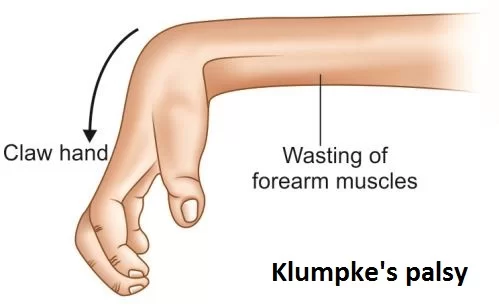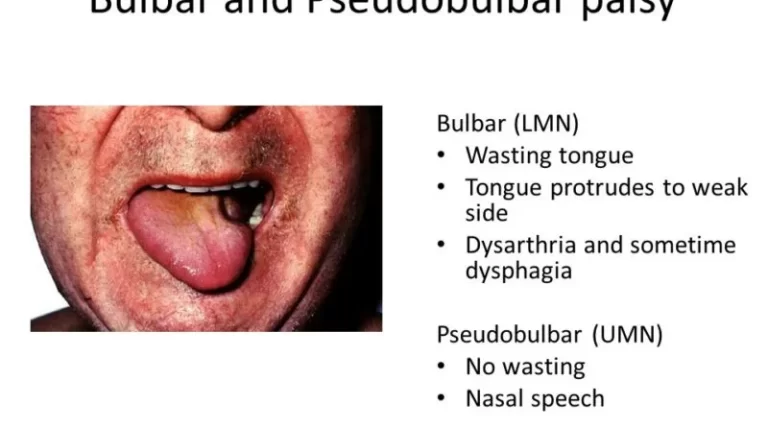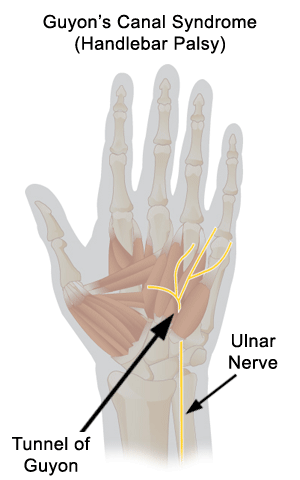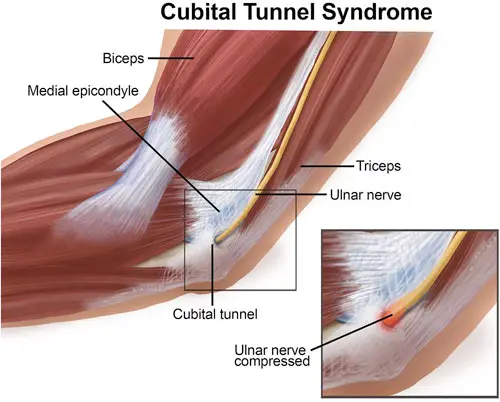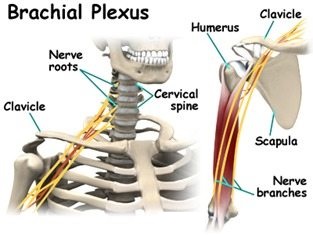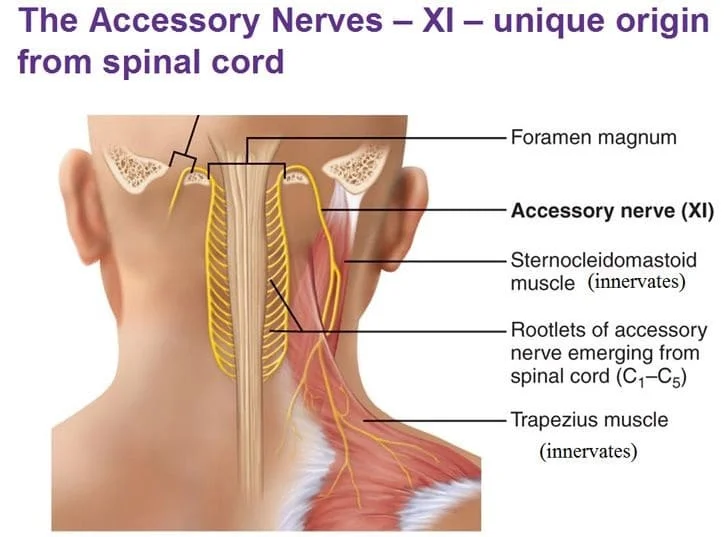Genitofemoral Neuralgia
What is Genitofemoral neuralgia? Genitofemoral neuralgia (nerve pain) is a compression neuropathy that involves both males and females. It induces pain in the lower abdomen, groin region, and inner thigh due to a compressed or pinched nerve. Genitofemoral neuralgia is one of the most familiar causes of lower abdominal and pelvic aches. Persons suffering from…

